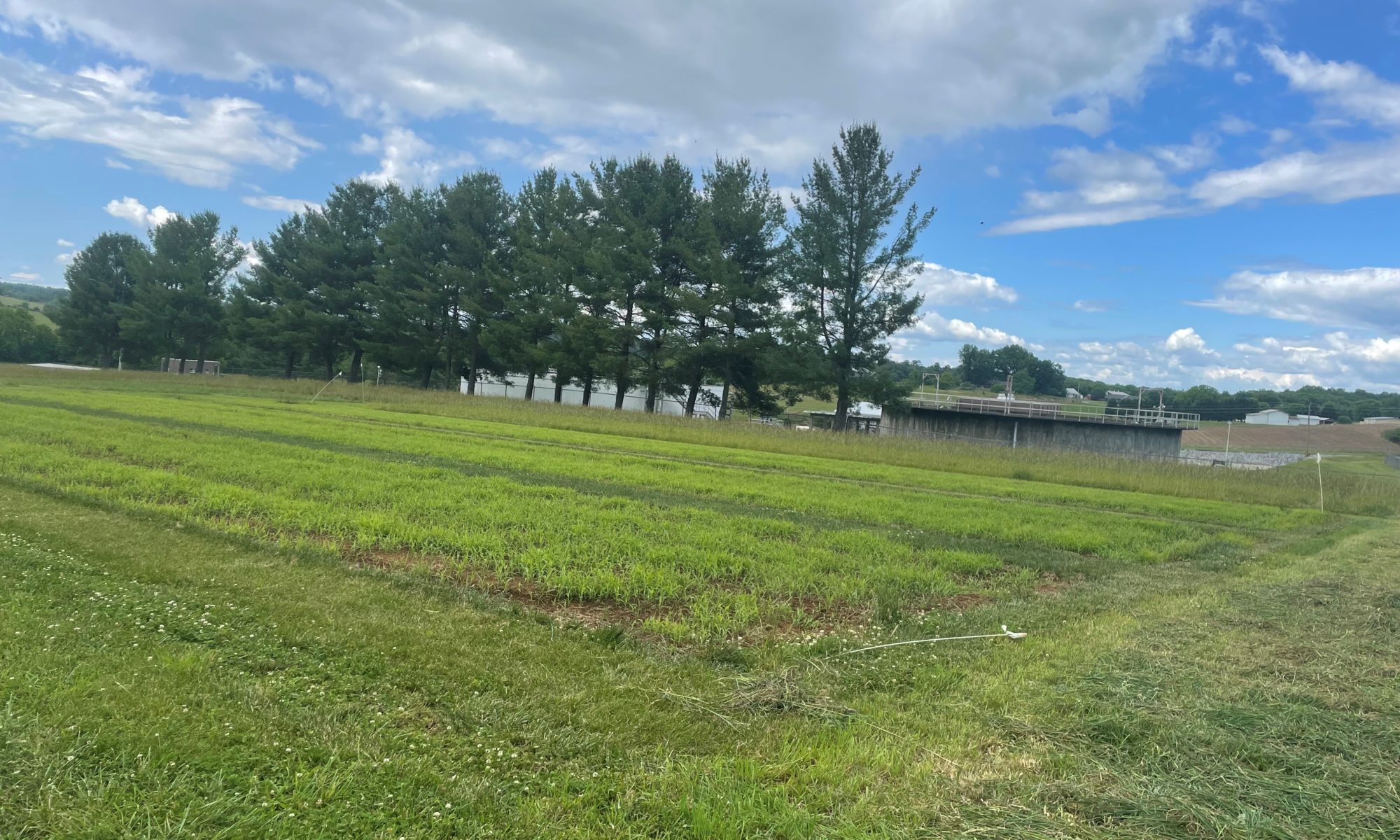

Dr. Katie Mason
Assistant Professor and Extension Beef Cattle Nutrition Specialist
Department of Animal Science
P: 865-974-8941
This blog post is a short introduction to why it is important to pay attention to nitrates in forage during hay season and at feed-out, co-authored by intern Brilee Culbert. This summer we will be working on a small demonstration looking at nitrate levels before and after ensiling. We look forward to sharing preliminary results later this summer.
What causes high nitrate levels?
Applying excessive nitrogen or applying fertilizer during periods of low moisture can lead to problems with plants converting nitrates to protein. When cattle eat a forage high in nitrates, in excess of the rumen’s ability to covert the nitrates to ammonia, it inhibits oxygen molecules in their blood which can lead to asphyxiation-related death. Though cattle can safely consume forage with nitrate levels up to 2,500 ppm, special care should be taken above this threshold, especially in pregnant cows and young animals.
What can I do to prevent this?
One way to prevent nitrate buildup is to use fertilizer judiciously to ensure that grasses/forages are safe for cattle to consume. One can perform a simple test on their forage crop to determine the nitrate level before cutting… so, Check It Before You Cut It! If there are high nitrate levels present, a timely rain will convert the nitrates into proteins. There is also some evidence that suggests that ensiling forage high in nitrates may reduce levels before consumption. If neither of these occur and the forage is cut for dry hay, nitrate levels will remain as-is and should be tested before feeding to determine feeding options.
How do I test for nitrates?
Your local County UT/TSU Extension service can help you find nitrate tests to use. A video from the University of Kentucky gives a great visual of how to utilize the tests with warm season annuals such as sorghum x sudangrass.
What are the first signs of nitrate toxicity?
Nitrate toxicity can lead to problems in ruminants such as drowsiness, weakness, muscle tremors, increased heart rate, staggering, and recumbency. Nitrate toxicity can be either acute or chronic. According to North Dakota State University, “In chronic cases, a sublethal dose of nitrates may result in abortion, weight loss, reduced milk production and other animal performance issues. In acute cases, nitrite is absorbed into red blood cells and combines with hemoglobin (oxygen carrying molecule) to form methemoglobin. Methemoglobin cannot transport oxygen in the body which ultimately causes the animal to suffocate and die.”
